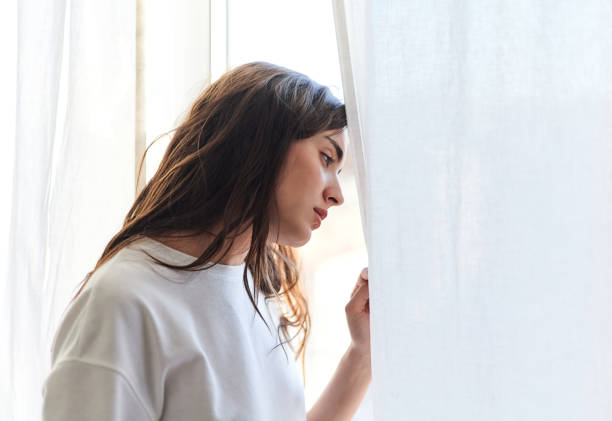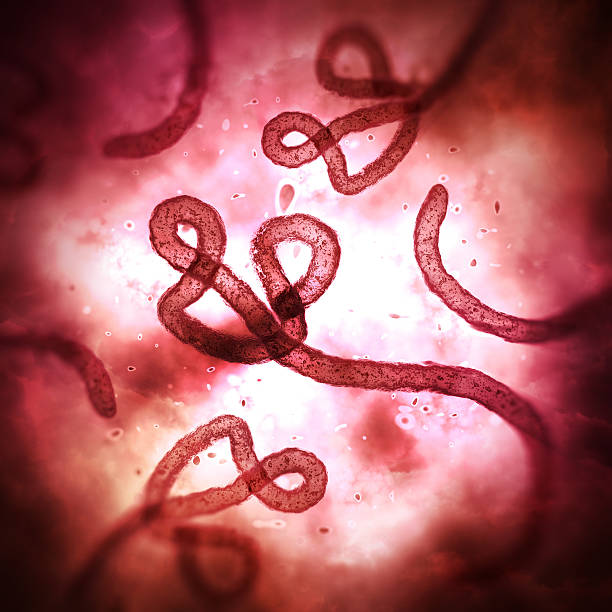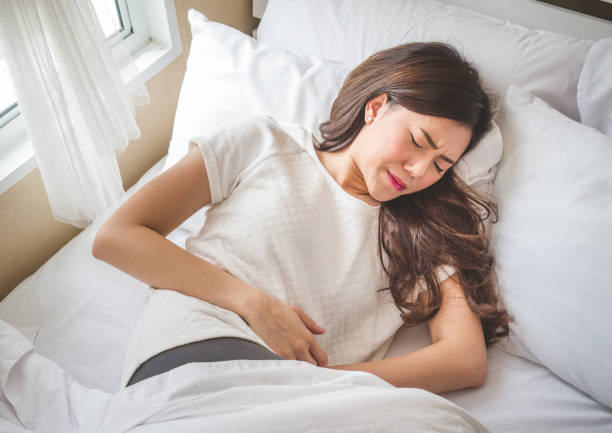Imagine standing in a crowded room, surrounded by smiling faces, and yet your heart races like you’re sprinting. Your palms sweat, your mind loops on worst-case scenarios, and every breath feels like it has to squeeze through a pinhole. That’s anxiety. And for many women, it’s more than a fleeting feeling—it’s a constant companion. It doesn’t always announce itself dramatically. Sometimes it whispers, coils itself tightly in your stomach, fogs your thoughts, or steals your ability to sleep.
For women, anxiety is not just personal—it’s cultural, hormonal, historical, and systemic. It can be linked to trauma, biology, society’s expectations, or an intricate dance of all three. While anyone can suffer from anxiety, studies consistently show that women are twice as likely as men to be diagnosed with an anxiety disorder. But numbers don’t tell the whole story. To truly understand how to manage anxiety as a woman, we have to go beyond clinical definitions and dive into lived experience—where biology meets emotion, and inner peace becomes a daily act of rebellion.
The Gender Gap in Anxiety
Anxiety does not discriminate, but gender does shape its experience. From the time girls are young, they are often taught to prioritize others’ needs, suppress anger, and strive for perfection. These social scripts build an emotional scaffolding for anxiety. Being the good girl, the accommodating daughter, the peacemaker—these roles may be rewarded, but they come at a cost. Internalizing stress while smiling through it becomes second nature.
Puberty introduces a surge of hormonal shifts, and with it, anxiety may make its first appearance. For many women, anxiety intensifies during adolescence, then fluctuates with menstrual cycles, pregnancy, postpartum changes, and menopause. Each hormonal phase brings with it emotional sensitivity, sometimes bordering on overwhelming. Estrogen and progesterone influence brain chemistry, particularly neurotransmitters like serotonin and GABA, which regulate mood. The fluctuations in these hormones can ignite or worsen anxiety symptoms, creating a rollercoaster that’s both physical and emotional.
Culturally, women are more likely to be caregivers and less likely to be encouraged to prioritize their mental health. They juggle careers, relationships, families, and still feel the pressure to appear “put together.” That’s the paradox—while women often manage everyone else’s lives, their own emotional needs are buried beneath layers of expectations.
Understanding the Biological Terrain
Before you can manage anxiety, you need to understand it—not just emotionally, but physiologically. Anxiety is not simply “worrying too much.” It’s a biological response wired into our survival system. When you feel threatened—whether by a tiger or a traffic jam—your brain signals the amygdala to activate the fight-or-flight response. Your heart pounds, your muscles tighten, and your body floods with adrenaline and cortisol.
This ancient response was designed to keep us alive. The problem? In today’s world, the threats are rarely physical—they’re psychological, emotional, and social. You’re not running from predators; you’re navigating deadlines, societal pressure, financial stress, and interpersonal conflict. And your body responds the same way as it would to danger in the wild.
For women, this fight-or-flight system may become hyperactive, particularly when combined with fluctuating hormone levels. Estrogen and progesterone influence the brain’s emotional centers, so during times of hormonal transition—PMS, pregnancy, postpartum, perimenopause—many women notice an uptick in anxiety.
It’s not weakness. It’s chemistry. And understanding that gives you power.
The Many Faces of Anxiety
Anxiety wears many masks. Sometimes it looks like overachievement—the woman who can’t stop doing, fixing, planning. Other times, it’s indecision—the woman paralyzed by fear of making the wrong move. It can appear as irritability, restlessness, insomnia, or even physical symptoms like headaches, chest tightness, and digestive issues.
Panic attacks are perhaps anxiety’s most dramatic display. They strike like lightning—suddenly, terrifyingly. Your heart races, breathing becomes shallow, you may feel like you’re dying. But anxiety doesn’t always roar. Often, it simmers. A constant background noise in the brain, a feeling that something is wrong even when everything is fine.
There’s also high-functioning anxiety—a sneaky form that affects many successful women. You meet all your deadlines, take care of everyone, look calm on the outside. But inside, you’re unraveling. You lie awake at night rethinking everything you said. You obsess over future scenarios. You can’t relax even on vacation. And because you’re so “together,” no one knows.
Anxiety can also mimic medical conditions. Women may seek help for palpitations, dizziness, fatigue, only to discover it’s anxiety in disguise. This often leads to frustration, misdiagnosis, and feeling unseen.
Tuning Into Your Inner Compass
Managing anxiety begins with listening to it—not silencing it. Anxiety is not your enemy; it’s your internal alarm system. But like a faulty smoke detector, it sometimes goes off when there’s no fire. Your job is to recalibrate it.
Begin by noticing your patterns. When do anxious thoughts arise? What triggers your unease? Is it hormonal, situational, or both? Track your cycle. Keep a journal. Become curious about your responses without judging them. The goal is not to eliminate anxiety (that’s unrealistic), but to understand it so well that you can navigate around it.
The body is your best truth-teller. Anxiety often shows up in the body before the mind can articulate it. Tight shoulders, clenched jaws, shallow breathing—these are cues. Learning to read them is like learning a language. Once you do, you can respond with compassion instead of panic.
The Power of the Breath
It sounds too simple to be powerful, but breath is the most direct path to calm. When anxiety hits, your breath becomes rapid and shallow. That sends more signals to the brain that you’re in danger, creating a vicious loop. The solution lies in doing the opposite—breathing deeply and slowly.
Deep breathing engages the parasympathetic nervous system, the body’s natural “rest and digest” mode. It counteracts adrenaline, lowers heart rate, and brings you back to the present moment.
Even just three minutes of intentional breathing can shift your entire state. You can try inhaling for four counts, holding for four, and exhaling for four. Do this for a few minutes, and notice the change. It won’t erase anxiety, but it will take the edge off—and that might be all you need to get through the next moment.
Breath is always available. It’s free. It’s yours. And it’s one of the most underrated tools in your anti-anxiety toolkit.
Therapy Isn’t Weakness—it’s Wisdom
There is still stigma around seeking therapy, particularly for women raised to be “strong” or to handle problems privately. But therapy isn’t about weakness. It’s about courage. It’s saying, “I want to understand myself better.” It’s choosing growth over silence.
Cognitive Behavioral Therapy (CBT) is especially effective for anxiety. It helps identify distorted thinking patterns and replaces them with more balanced thoughts. Other modalities like EMDR, somatic therapy, and mindfulness-based therapy offer deeper healing for trauma-based anxiety.
Having a space where you can unpack your fears without judgment is profoundly healing. It’s where anxiety loses its grip because it no longer lives in isolation. You bring it into the light, and with guidance, you learn how to transform it.
Medication: A Bridge, Not a Crutch
For some women, therapy alone is not enough. Brain chemistry sometimes needs a nudge. And that’s okay. Medication can be a life-saving tool, not a sign of failure. Whether it’s an SSRI, a beta-blocker, or something else, the right medication can restore balance and give you the strength to build long-term coping strategies.
It’s essential to work with a knowledgeable psychiatrist who understands hormonal and gender-specific influences. And always pair medication with lifestyle practices for holistic management. Meds are not a magic fix, but they can be a vital part of your healing journey.
Nutrition, Caffeine, and the Gut-Anxiety Connection
What you eat affects how you feel. It’s not about dieting or perfection. It’s about nourishment. The brain and gut are in constant communication. In fact, 90% of your serotonin—the feel-good neurotransmitter—is produced in the gut. When your digestion is off, your mood often follows.
A diet high in sugar, processed food, and caffeine can exacerbate anxiety. On the other hand, foods rich in magnesium, omega-3s, and B vitamins support calm and resilience. Probiotics and fermented foods nourish the gut microbiome, which plays a crucial role in mental health.
Caffeine deserves special mention. It’s anxiety’s best friend. Even if you don’t feel jittery, caffeine can worsen sleep, amplify stress responses, and tip your nervous system into overdrive. Try going without it for a week and see how your mind feels. The clarity may surprise you.
Movement as Medicine
You don’t need to run marathons to manage anxiety. Even gentle movement shifts energy. Exercise reduces cortisol, increases endorphins, and creates a sense of control. Whether it’s yoga, walking, dancing, or weightlifting, the key is consistency.
For women, syncing movement with hormonal cycles can be especially powerful. During menstruation and early follicular phase, gentle exercise like yin yoga or walking may feel best. In the ovulatory phase, energy peaks, and more intense workouts may feel invigorating. Tuning into your body’s natural rhythms honors your physiology and reduces burnout.
Movement is not punishment. It’s celebration. It’s agency. It’s your body saying, “I want to feel alive.”
Sleep: The Forgotten Pillar of Mental Health
Sleep is the foundation on which emotional resilience is built. Yet, many women struggle with sleep—especially during times of hormonal flux. Anxiety disrupts sleep, and lack of sleep worsens anxiety. It’s a cruel cycle.
Creating a sleep ritual can help. That means winding down, avoiding screens, dimming lights, and signaling to your body that it’s time to rest. Herbal teas, magnesium baths, or guided meditations can become part of this ritual.
If your thoughts spiral at night, keep a journal by the bed. Write them out. Get them out of your head and onto paper. You don’t have to solve them—just release them.
Sleep isn’t indulgent. It’s non-negotiable. Guard it fiercely.
Connection and Community
Anxiety thrives in isolation. When you keep it to yourself, it grows bigger. But when you share it—with a friend, a therapist, a support group—it begins to shrink. Vulnerability creates connection. And connection creates healing.
Surround yourself with people who make you feel safe. Those who don’t shame your struggles, who can sit with your discomfort without trying to fix it. Building a support network isn’t about having a million friends—it’s about having a few people who get it.
If in-person connection is hard, seek online spaces where mental health is honored. The right community can make all the difference.
Creativity as a Portal to Calm
Anxiety is often a signal that your inner world is craving expression. Creativity is not just about art—it’s about letting your soul breathe. Writing, painting, gardening, music, baking—whatever brings you joy can also bring you calm.
Engaging in creative flow activates the same brain regions associated with mindfulness. It slows time, quiets the inner critic, and anchors you in the present moment. Creativity doesn’t solve anxiety, but it gives it a healthy outlet. It transforms inner chaos into something tangible, beautiful, and true.
Spirituality, Nature, and the Search for Meaning
Many women find that managing anxiety also means touching something greater than themselves. Whether it’s prayer, meditation, time in nature, or reading spiritual texts, this connection offers perspective. It reminds you that you are not alone, that life is bigger than your fear.
Nature, especially, has a calming effect. The Japanese practice of “forest bathing” (shinrin-yoku) has been shown to reduce cortisol and boost mood. Walking barefoot in grass, sitting near water, or simply watching the clouds—all of it restores nervous system balance.
Meaning doesn’t eliminate anxiety, but it reframes it. It gives suffering context. And in that context, there is room for hope.
You Are Not Your Anxiety
This is perhaps the most important truth. You are not your anxiety. You are the awareness underneath it. Anxiety is something you experience, not something you are. And when you learn to witness it without identifying with it, its power begins to fade.
Managing anxiety as a woman in today’s world is not easy. It takes intention, support, patience, and self-compassion. But every time you choose to slow down, breathe deeply, set a boundary, or say “no” when your body says “enough,” you reclaim a piece of yourself from anxiety’s grip.
Healing is not linear. There will be setbacks. There will be days when your chest tightens and your thoughts spin. But there will also be days of lightness, laughter, and clarity. Every small act of self-care is a radical act of healing.
You are strong, not because you don’t feel fear—but because you choose to face it with tenderness and truth.
And that, dear woman, is where your power lies.






